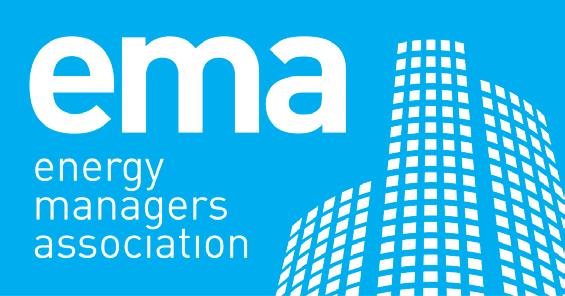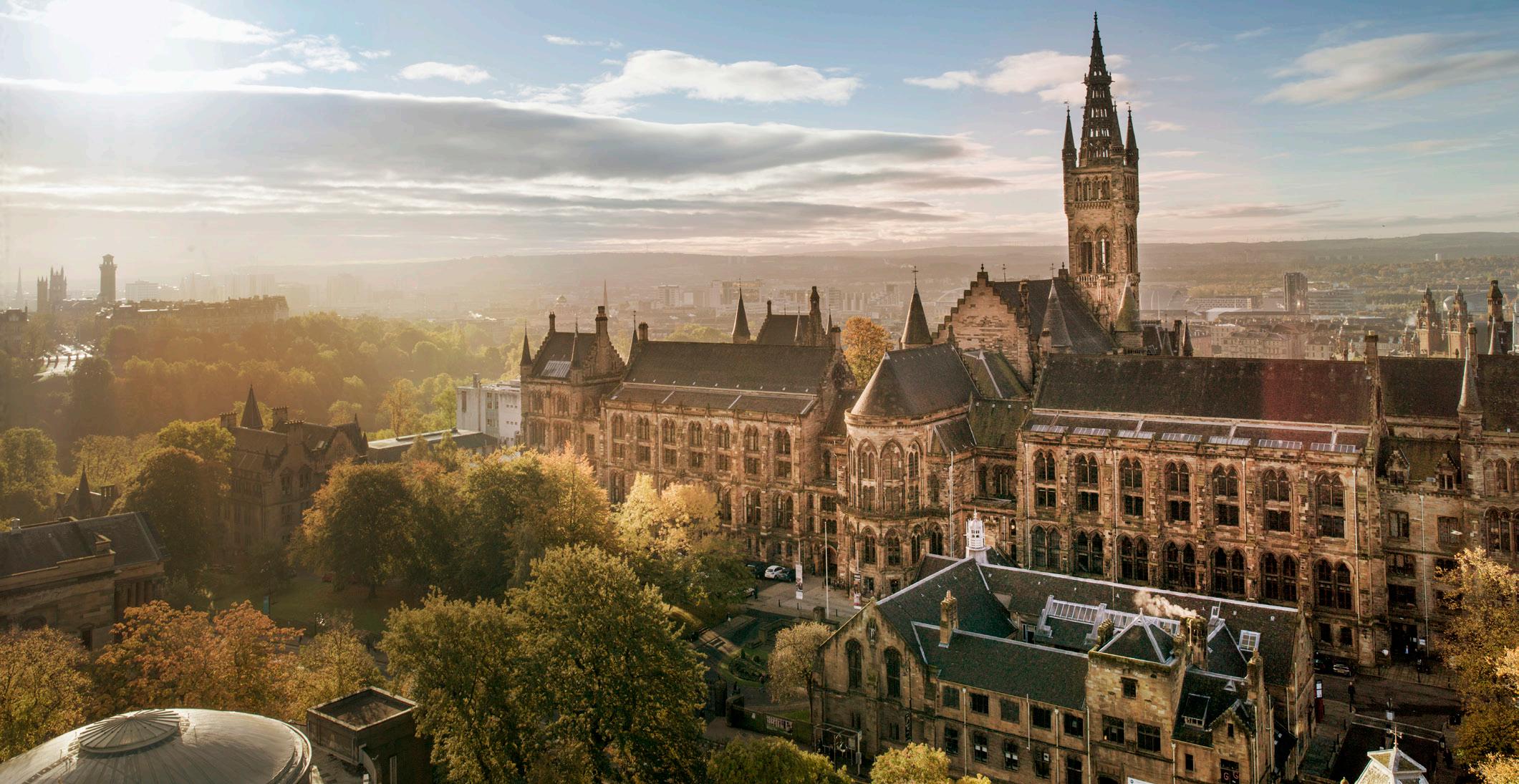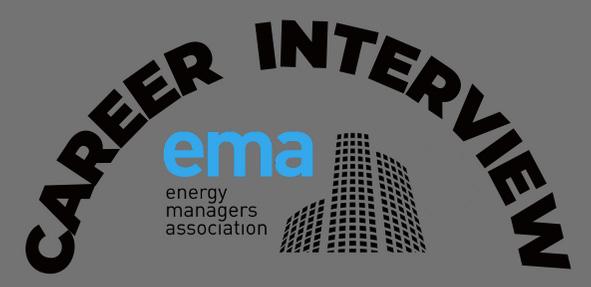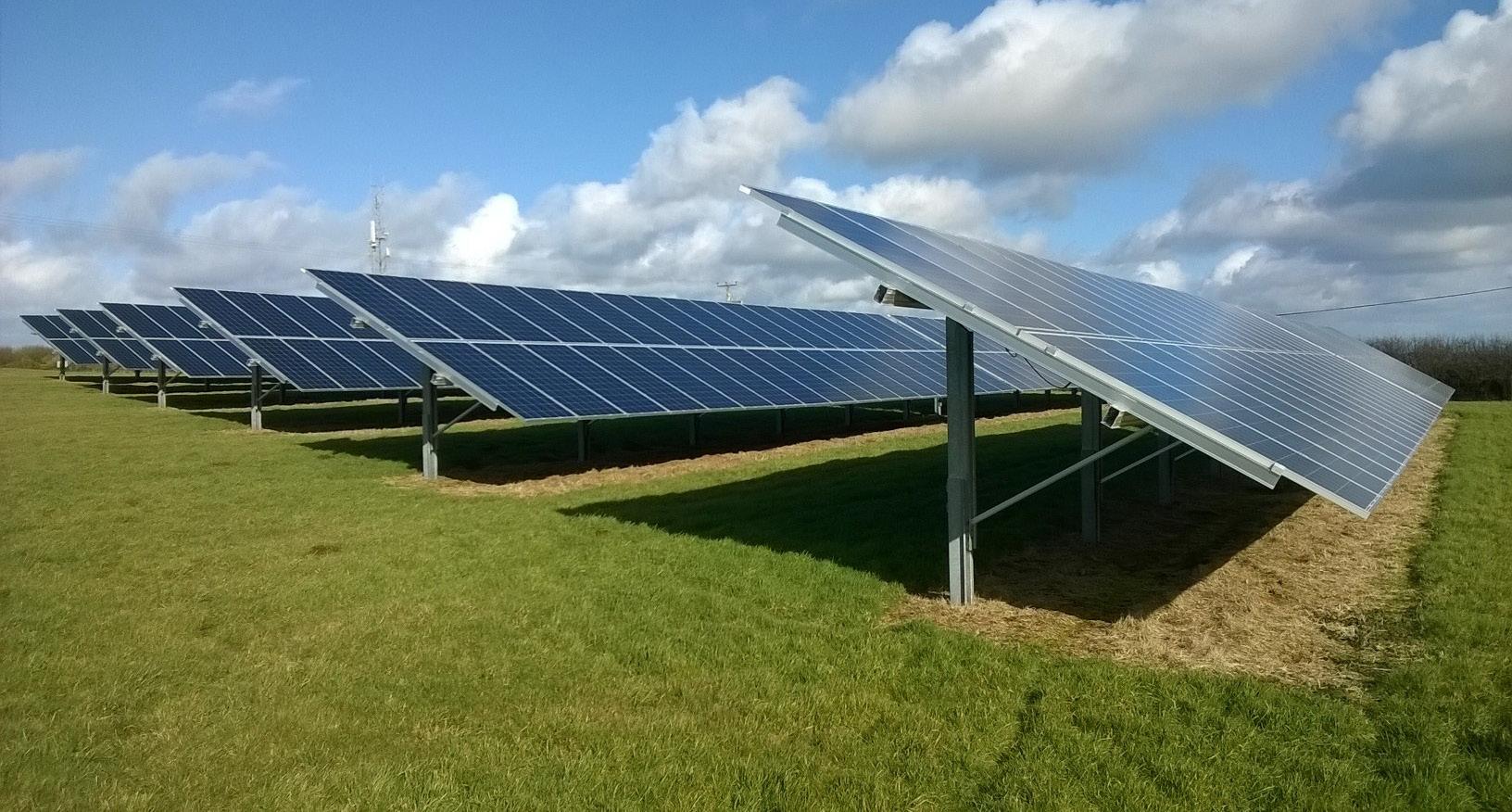
9 minute read
ENERGY MANAGEMENT AT THE ROYAL NATIONAL LIFEBOAT INSTITUTION
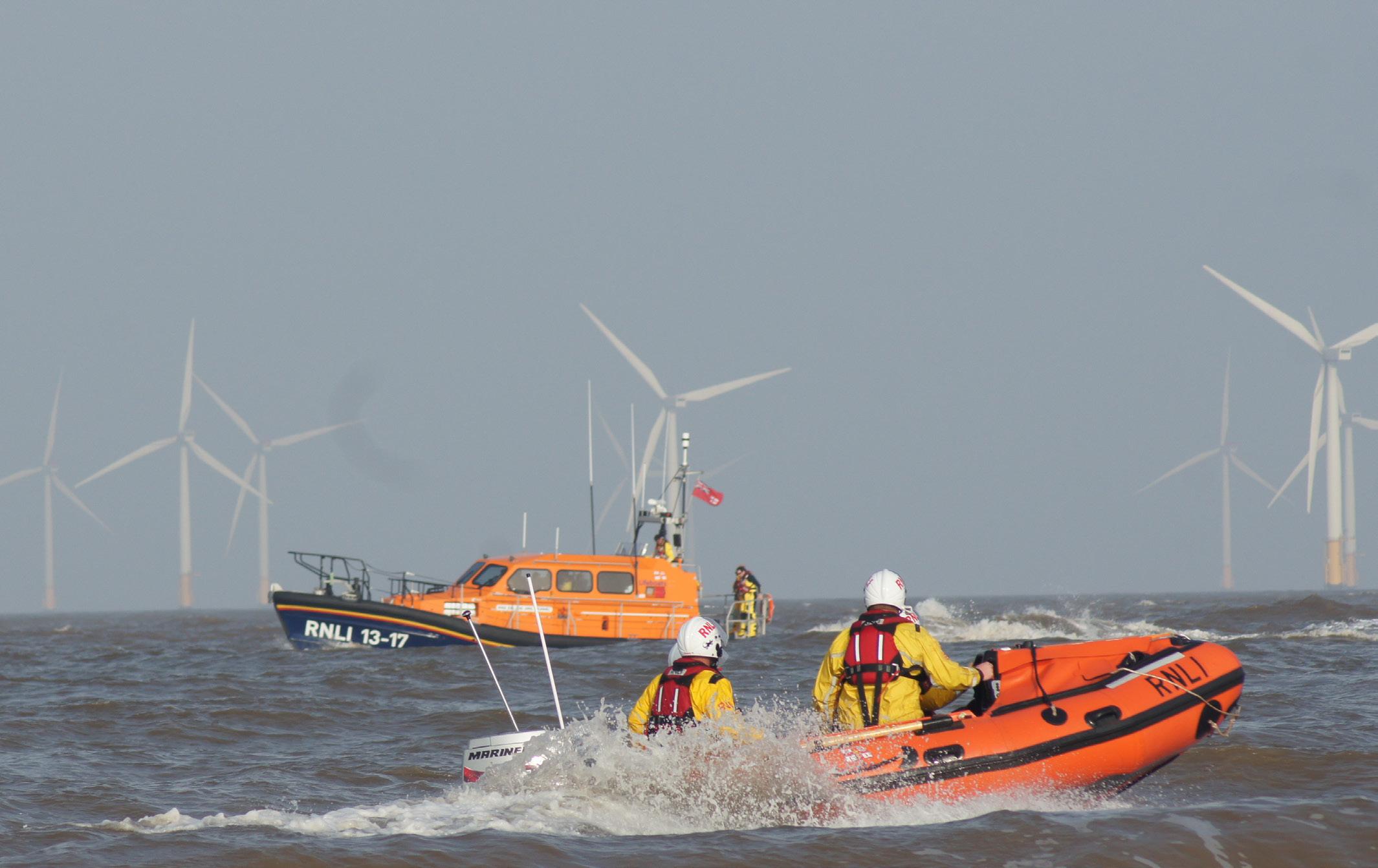
Advertisement
In this regular feature, we focus on how organisations across different industries approach energy management. In this issue, we have asked Victoria Limbrick, Energy & Environmental Resources Manager at the Royal National Lifeboat Institution (RNLI) about energy management in the charity and emergency services sectors.
Background
The RNLI is the charity that saves lives at sea, funded by supporter donations our majority volunteer lifeboat crews provide a 24-hour rescue service in the UK and Ireland, and our seasonal lifeguards look after people on busy beaches. RNLI crews and lifeguards have saved over 142,700 lives since 1824 and are at the forefront of our lifesaving activity, which is supported by a very diverse portfolio of activities.
The RNLI operate 238 lifeboat stations with 445 lifeboats alongside 1,500 lifeguards on 248+ beaches around the coastline of Great Britain from Penlee in Cornwall to Aith in Scotland, Valentia in Western Ireland to Great Yarmouth in Norfolk. To support our fundraising and engagement we have shops and museums, some are within lifeboat stations others are stand-alone buildings like the Grace Darling Museum. Crews attend residential training courses at the RNLI College and Sea Survival Centre in Poole, Dorset. This facility has a hotel, which is open to the public, and training centre which includes a 5m deep cold water training pool with wave and storm simulation.
Our All Weather Lifeboats are built and undergo refit in Poole and Inshore Lifeboats in Cowes on the Isle of Wight. Administrative offices are located across the UK and Ireland alongside Support Centres which act as a hub for routine maintenance. As well as an extensive built estate and lifeboat fleet, there is a large fleet of vehicle infrastructure of launch and recovery vehicles, operational vehicles, in-house logistics and a leased fleet.
What does energy management mean at the RNLI?
As a charity, every reduction in energy use ensures that we are making best use of the generous donations of our supporters.
Have the organisation’s strategies been adapted to include focus on Net Zero policy?
At the end of 2020, the RNLI set a target of Zero Carbon (Scope 1&2) by 2050 and a Zero Carbon Road
Vehicle Fleet by 2040. With a large fleet of diesel fuelled vessels and a complex estate this is no small task. The RNLI’s Carbon Plan, which is currently in development will enable the organisation to fully understand the timeline for intervention, to begin to plan trials and technological adaptations which will tackle the most carbon intensive areas of our operations. Alongside the practical project planning, the organisation is going to need to adapt and develop frameworks for decision making, policy and process to drive carbon reductions through all our operations.
Once we have maximised the reduction through energy efficiency measures, we will need to decarbonise our operational baseline energy consumption. Our framework electricity supply contract is generated from 100% third party audited renewable sources, which gives us a good transition whilst developing on site decarbonisation solutions.
The road to zero carbon for the RNLI, and indeed much of the global community, is definitely not yet clearly laid out. Tackling those emissions which do not currently have a low/zero carbon alternative will require flexibility, agility and collaboration across other emergency services, charities, industry bodies and commercial organisations to develop, trial and adopt future innovations and solutions.
How does RNLI deal with energy management?
The role of Energy Manager is a single role within the organisation as part of a small Sustainability Team. This means that process and communication are critical to embedding energy management across the organisation. With such a geographically diverse and operationally variable organisation there is no one size fits all approach. Data collection and reporting
methods need to meet the often very different needs of statutory bodies, management and operational teams. Operational staff and volunteers are keen to identify potential energy savings as well as broader environmental opportunities. So, it is really important to provide insight, advice and accessible data to regional teams who are key in implementing energy management plans in local areas and individual sites in operation.
The usage of a lifeboat station is incredibly variable; rescue launches can happen any time of the day or night, there is routine training with our volunteer crew, fundraising activities, visitor engagement. As well as operational RNLI activities, they also often form a community hub being used for Brownie meetings, WI meetings and many other local activities.
All of our new build or refurbishment projects include the specification of a high performance building fabric, solar PV and a heat pump unless local conditions do not allow. This is captured in the Estates Design Guide which forms the basis of the brief for all buildings. Once we put a building into operation we work with our staff and volunteers to translate design energy efficiencies into in-use efficiencies.
After a long rescue, the crews focus is not necessarily on ensuring everything is shut down before they return home for a well-earned rest. Automatic controls such as timed heating boosters for individual rooms and kit drying systems which automatically turn off, PIRs and/ or daylight sensors on internal and external lighting mean that there is one less thing to think about. Our buildings are managed on a minimum 60-year lifespan with 25 years to first major maintenance. Some of our stations are in buildings well over 100 years old. We manage a rolling programme of retrofit for efficiency and incorporation of renewables across the existing estate.
Our major sites in Poole and on the Isle of Wight account for around 50% of the electricity and gas usage of the whole organisation and are a focus for capital investment in replacement of heating, hot water, air conditioning plant and LED lighting across the sites. These are fully BMS controlled and the highest consuming buildings are separately metered on a circuit level to allow close monitoring of
energy consumption and rapid identification of out of hours operation. The Estates Team manage capital and maintenance projects and their processes have regular energy and sustainability reviews, larger projects or those with potential to trial a new approach/technology have direct Sustainability Team involvement.
Work towards the Zero Carbon Road Fleet target for 2040 is underway. We are reviewing our current vehicle fleet for alternative allocations or methods of transporting goods to ensure we are not using unsuitable or unnecessary vehicles. Using telematics data, we are expecting to be able to start transitioning to electric cars towards the end of this year.
What areas of every day’s business are most challenging in terms of energy management?
Marine fuel is our biggest challenge for decarbonisation, marine applied electric propulsion is a rapidly evolving technology, but it is some way from being able to deliver the speed, reliability and flexibility needed to fulfil our obligations as an emergency rescue service. Similarly, the roadmap to a transition to hydrogen and alternative fuels is not clear so future planning is complex. The RNLI have plans to review Alternative Propulsion later this year along with inviting and developing collaboration opportunities to seek solutions for our future lifeboat fleet.
Can you describe an energy management project that reflects the organisation’s principles and/ or corporate responsibility when it comes to energy management and environment?
We are replacing the Lifeboat Station at Tower Pier in London in 2022. This project represents a step change in ensuring our future estate can support zero carbon operations, remain environmentally and financially sustainable through life and is robustly prepared for the impacts of climate change. Lessons learned and processes developed on this project will be embedded in the Estates Design Manual and incorporated within future project processes. A Sustainability Standards Document was shared with the design team and all contractors, this incorporates clearly defined requirements, standards and expectations. A whole life approach is being taken at key decision points to ensure that value engineering is undertaken with a full understanding of ongoing maintenance and material impacts.
We have put a strong focus on build quality, materials efficiency, and façade first design to reduce reliance on engineering solutions and have undertaken a detailed analysis of building thermal performance to drive improvement in façade performance and to reduce M&E system loads. The
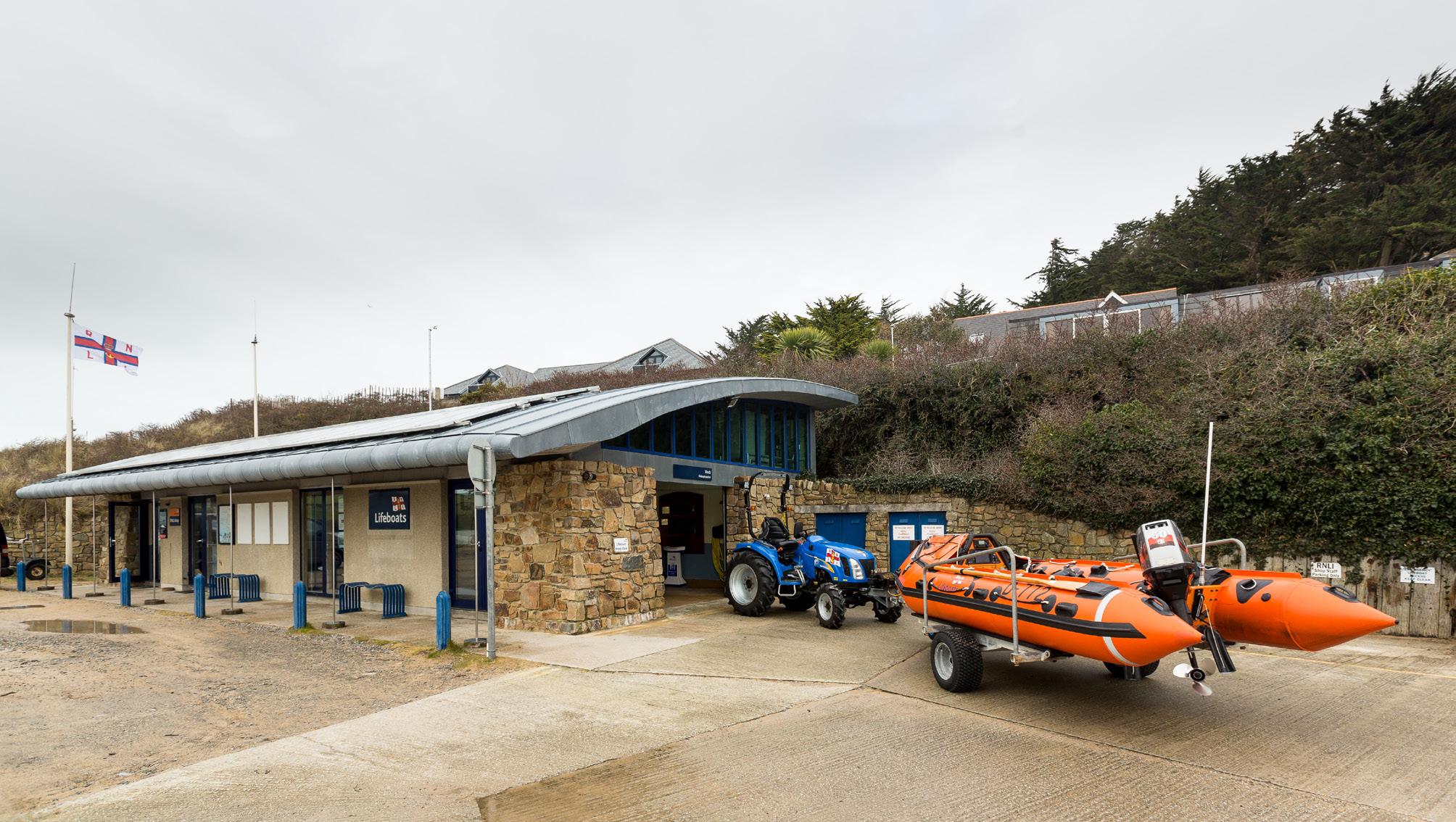

All Weather Lifeboat Manufacturing Site
resulting low energy baseload increases the impact of on-site power generation though PV and allows the water source heat pump capacity to deliver heating, hot water and potentially contribute towards the cooling load.
To build in flexibility to adapt to future developments, we had a study undertaken to understand potential future requirements for alternative fuels, energy storage potential, and are looking at the feasibility of grey water recycling.
How has Covid-19 affected the energy management at RNLI?
Covid-19 had a significant impact on the organisation, furloughing up to 80% of our staff at its peak. Some projects have been slowed to allow focus on core operations and this is continuing into 2021 and 2022. This was done with a backdrop of our busiest summer season in 2020 and likely for 2021 too with most people staying in the country for their summer holidays. Although this has slowed progress in some respects Covid has also provided an opportunity to explore new ways of doing things. The changes in working locations, travel restrictions and the significant move to online communication have demonstrated the viability of these new ways of working in a way that could have taken many years in different circumstances.
What is in the pipeline for the future?
A real focus on understanding what a Zero Carbon RNLI might look like. The possibilities are endless from the use of drones to undertake searches, hydrogen fuelled boats and zero carbon buildings. The next few years will be a balance between consolidating operational energy management day to day and collaborating and planning for the transition to Zero Carbon. It is a really exciting time to be working in this sector.
Author’s profile:

Victoria joined the RNLI in 2015, with responsibility for energy and carbon management throughout all of the RNLI’s operations, managing renewable technology installations, identifying opportunities for improvement and building a programme of behaviour change and engagement.
Before joining the RNLI Victoria managed a Sustainability Team for a building services consultancy working on large mixed use, prime residential and education schemes.

